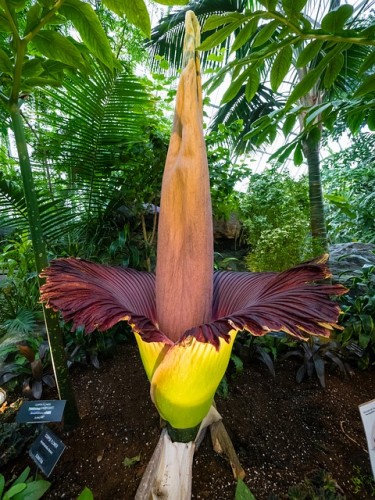All posts tagged carrion flower
A Flower that Only a Botanist Could Love
Beautiful colors and luscious fragrances – we must be talking about flowers, right? Not so fast! There is a bizarre species of flowers that neither look nor smell pretty. In fact, they literally stink. Continue reading [...]

